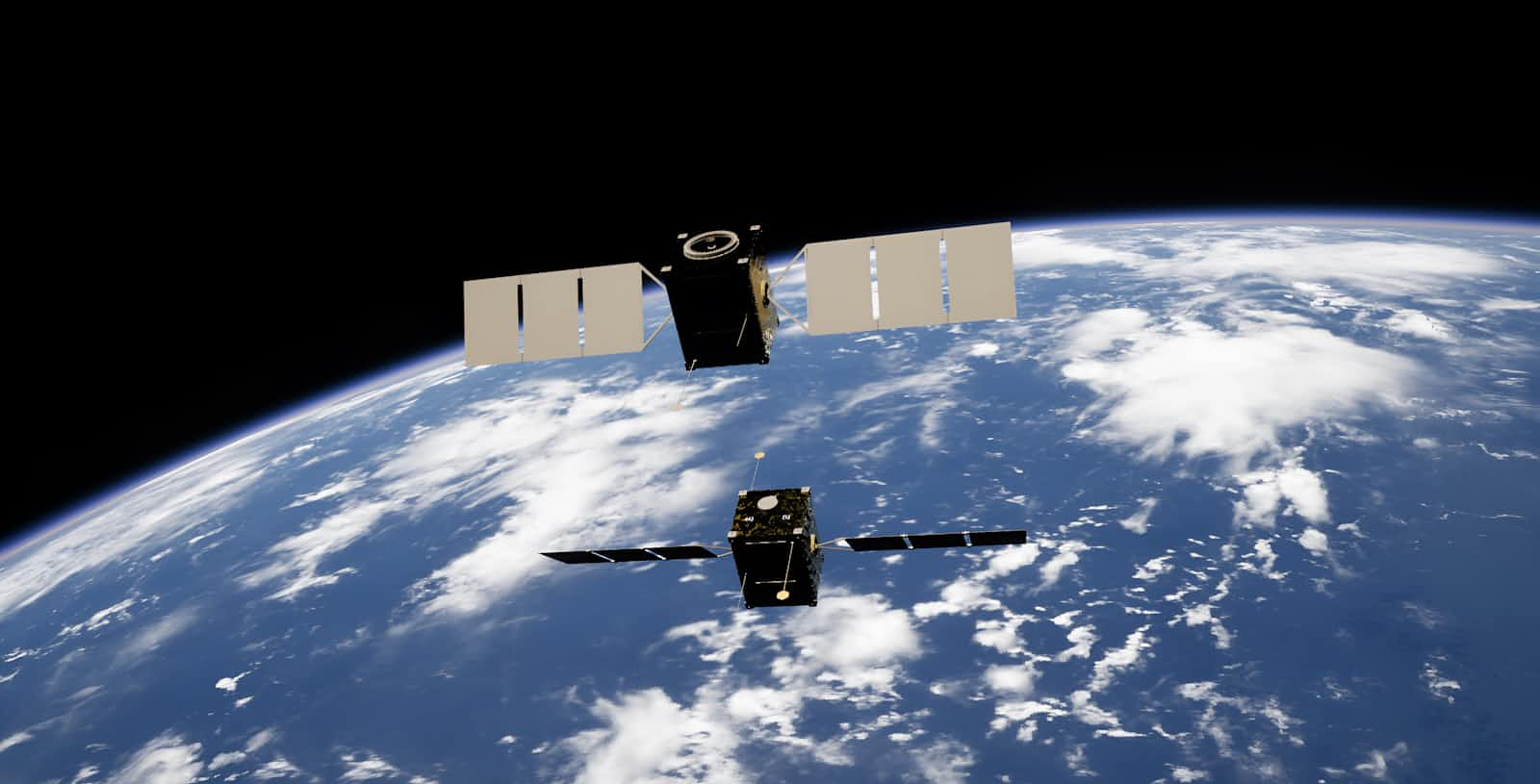Space Debris
 Pranavi Bathi
Pranavi Bathi
Introduction
One of humanity's greatest achievements is the era of space exploration we now live in. However, this has also brought problems, one of the most notable being the amount of space junk. Space junk refers to non-functional debris made up of human-made objects in orbit around Earth. This includes defunct satellites, spent stages of launch vehicles, and fragments from disintegration or collisions. The time it takes for this debris to deorbit is significantly high, and the rapid accumulation of such objects poses a great risk to current and future space missions. This makes the operation both unsustainable and severe when considering the overall picture.
Genesis of Space Debris
The build-up of space debris had its origins in the very first days of the Space Age, which began when Sputnik 1 was launched by the Soviet Union in 1957. Every space mission since has been added to the junk pile, be it an out-of-commission satellite or discarded rocket stage; a mote spawned by collision or explosion. The dramatic rise in the number of space debris in recent decades is mainly due to an increase in both numbers and scope of missions into low Earth orbit, with growing commercial interests pushing actors to take greater risks.
Space Debris Composition and Characteristics
There are various sizes, components, and origins of space debris. This includes massive, operational spacecraft like decommissioned satellites and also smaller litter such as paint flecks or bits of metal. According to the European Space Agency (ESA), there may be about 34,000 debris objects larger than 10 cm, over one million mission-range objects between one and ten centimeters in diameter, and a total of approximately 128 million fragments smaller than one square centimeter currently orbiting Earth. While they may be small in size, these objects hurtle around the Earth at speeds of up to 28,000 km/h and pose a serious threat to active spacecraft as well as satellites.
Space Debris Risks
There are several severe dangers of the growing density of Earth orbit space debris:
Collision Hazards: The presence of space debris has also increased the chance of collisions with active satellites, spacecraft, and manned orbits such as ISS. Even fragments as small as 1 cm in diameter could result in the loss of a satellite and fresh debris.
Kessler Syndrome: Proposed by NASA scientist Donald Kessler in 1978, the Kessler Syndrome is a theoretical scenario wherein high volumes of objects (mostly satellites) are placed within low Earth orbit LEO. If left unchecked, this self-perpetuating cascade could bar entire orbital regions against human activity — including the crewed missions we need to help deep-space pioneers.
Future Space Missions: This problem of space waste doesn't just menace anything already up there but pushes back forthcoming missions. The more garbage there is to plow through, the higher the likelihood of such debris impacting any new satellite or manned mission that lifts off.
Mitigation Strategies
In response to the significant threat that space debris poses, numerous strategies have been put into place by space agencies and organizations around the world.
Space Debris tracking: NASA, ESA, and U.S. DoD work hard to track all space debris for possible collision predictions with avoidance. Satellite operators, of course, can dodge bigger debris that's on a collision path simply by tracking the paths and moving their craft out of the way.
Active Debris Removal (ADR): Active debris removal refers to using technologies that exist today or are close at hand, such as nets and robotic arms deployed from a servicing vehicle. Different strategies such as robot arms, nets, and harpoons to laser ablation are being investigated for removing large debris. However, these technologies are at an experimental stage and still face major technical, legal, and financial challenges.
End-of-Life Disposal Practices: To stem the creation of further debris, some satellites and rockets are now being designed with end-of-life disposal plans. Those steps may involve plans to take aging satellites out of commission, either by deorbiting them so they can burn safely in Earth's atmosphere or by relocating them into a graveyard orbit where data traffic will not impede active satellite operations.
International Collaboration and Policy Development: Dealing with space debris is a worldwide issue that calls for global cooperation. The United Nations Committee on the Peaceful Uses of Outer Space (COPUOS) has issued regulations for mitigating space debris, calling upon countries to abide by principles concerning safe design and operation as well as disposal end-of-life protocols.
Conclusion
Space debris over time has evolved into what is becoming a significant threat to the long-term sustainability of space activities. Space debris is a growing problem for humanity, especially since humans have become more and more dependent on satellites to provide services ranging from communication and navigation through weather forecasting to scientific research. By collaborating internationally, developing debris removal technology, and practicing good spacefaring etiquette, we can mitigate the risks of space junk while keeping paths open for further human expansion into orbit. The challenge is great, but enacting meaningful solutions is essential for the preservation of space as a safe and available domain to all.
Subscribe to my newsletter
Read articles from Pranavi Bathi directly inside your inbox. Subscribe to the newsletter, and don't miss out.
Written by

Pranavi Bathi
Pranavi Bathi
I am an undergraduate student studying computer science. I have a passion to space and exploration